Author Guidelines Peer Review Editorial Team Focus and Scope Publication Ethics Copyright Notice Author(s) Fee Plagiarism Policy Statistics
Archives
-
JUNE
Vol. 9 No. 1 (2025) -
DECEMBER
Vol. 8 No. 2 (2024) -
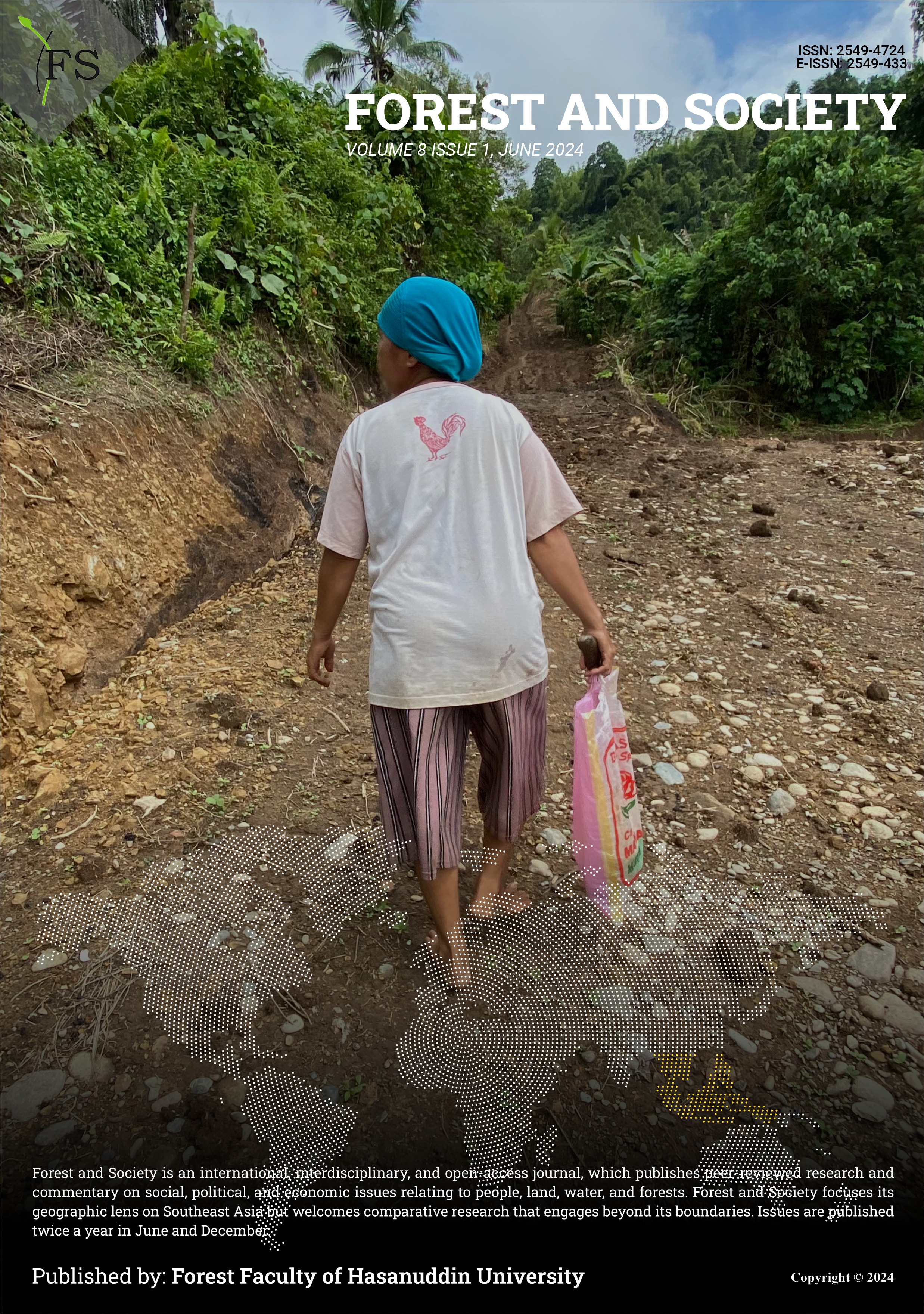
JUNE
Vol. 8 No. 1 (2024) -
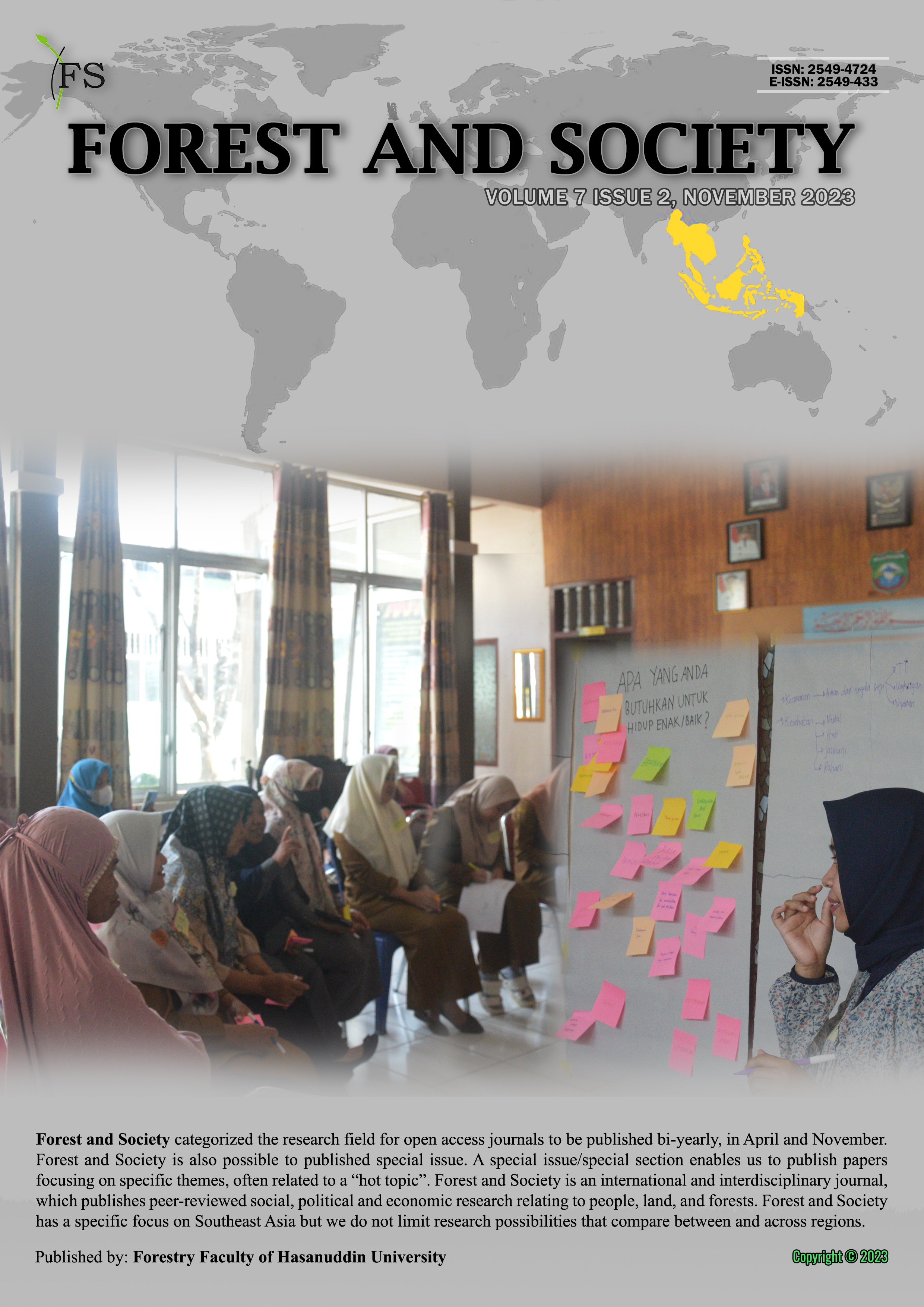
NOVEMBER
Vol. 7 No. 2 (2023) -

APRIL
Vol. 7 No. 1 (2023) -
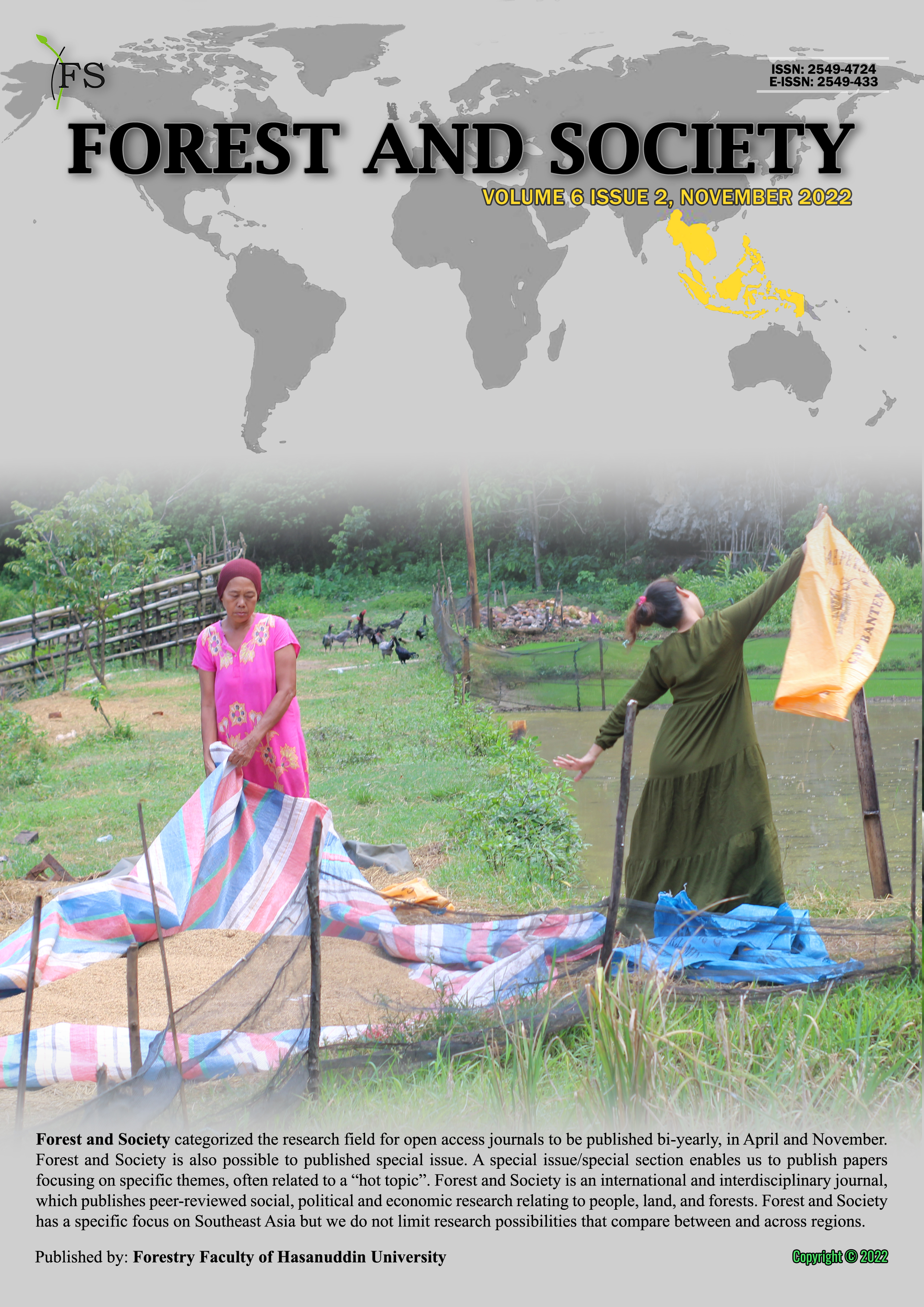
NOVEMBER
Vol. 6 No. 2 (2022) -
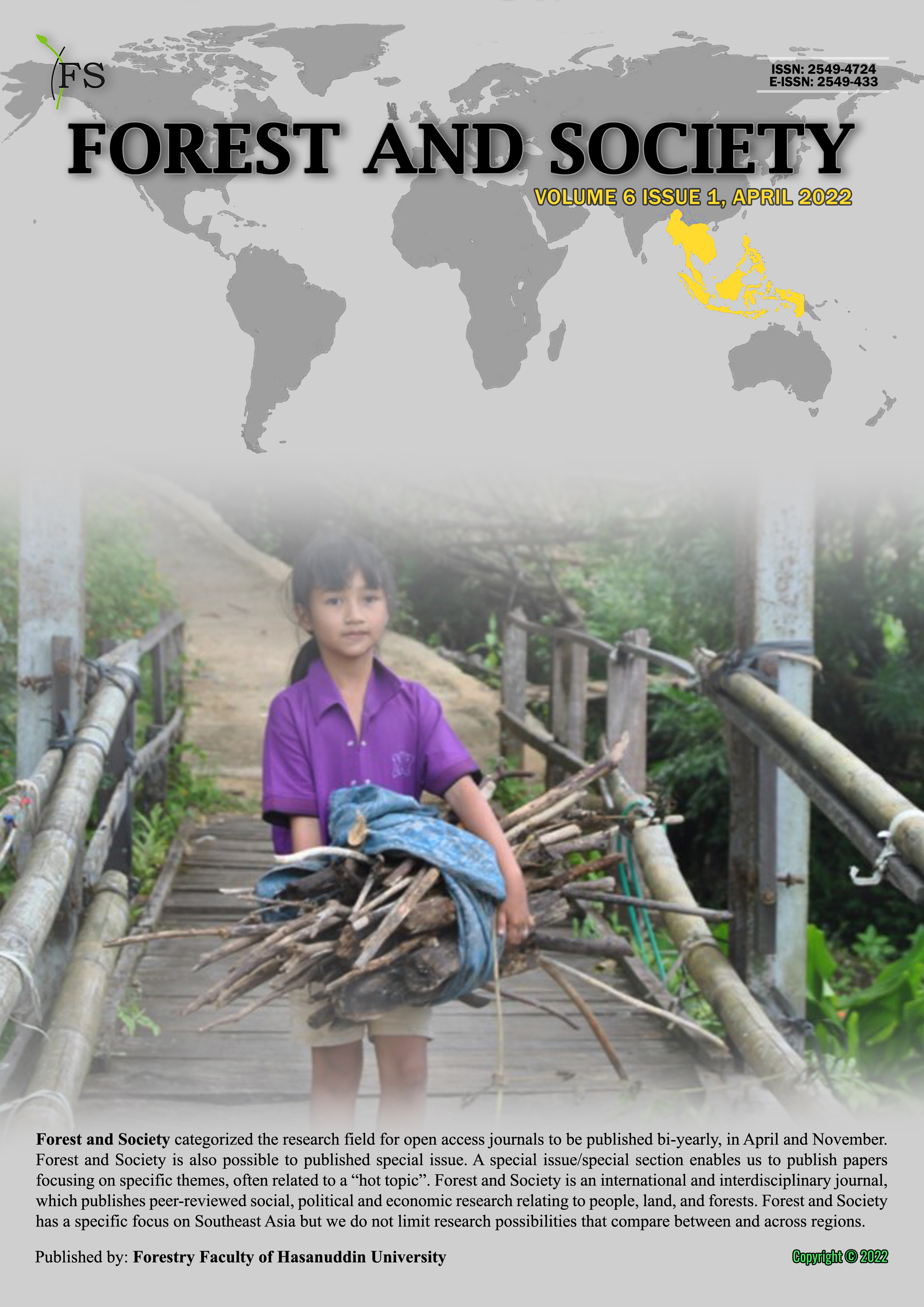
APRIL
Vol. 6 No. 1 (2022) -
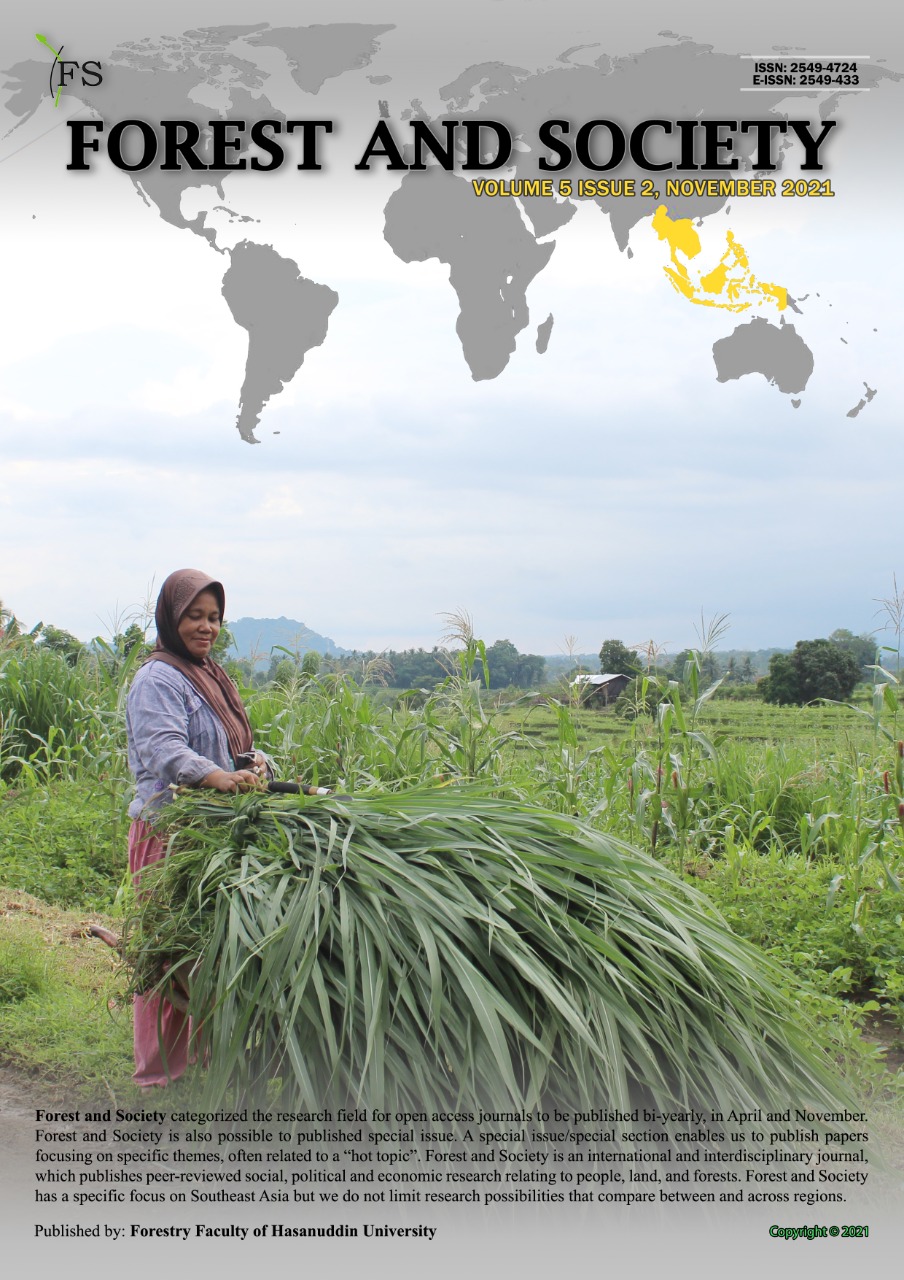
NOVEMBER
Vol. 5 No. 2 (2021) -
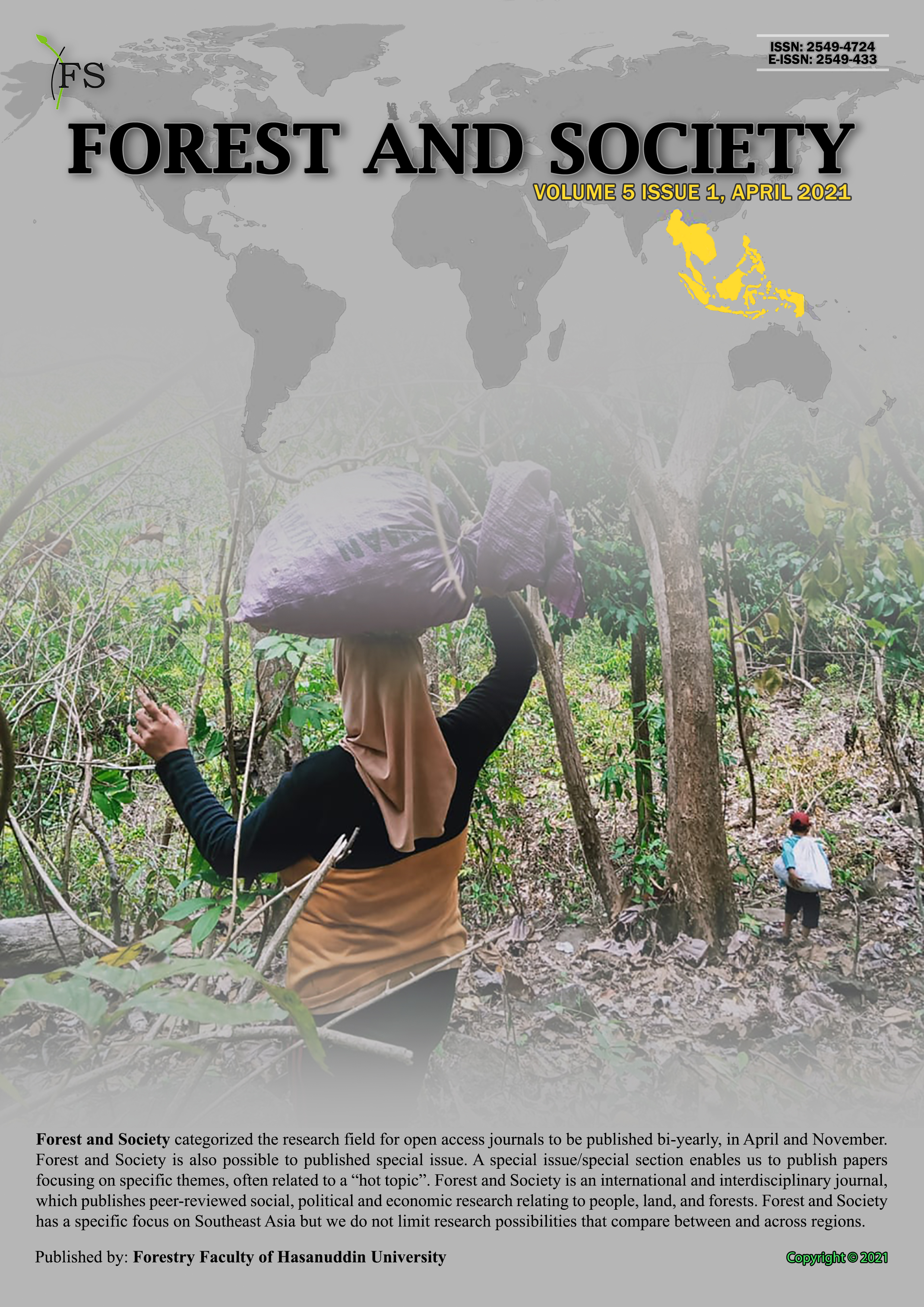
APRIL
Vol. 5 No. 1 (2021) -
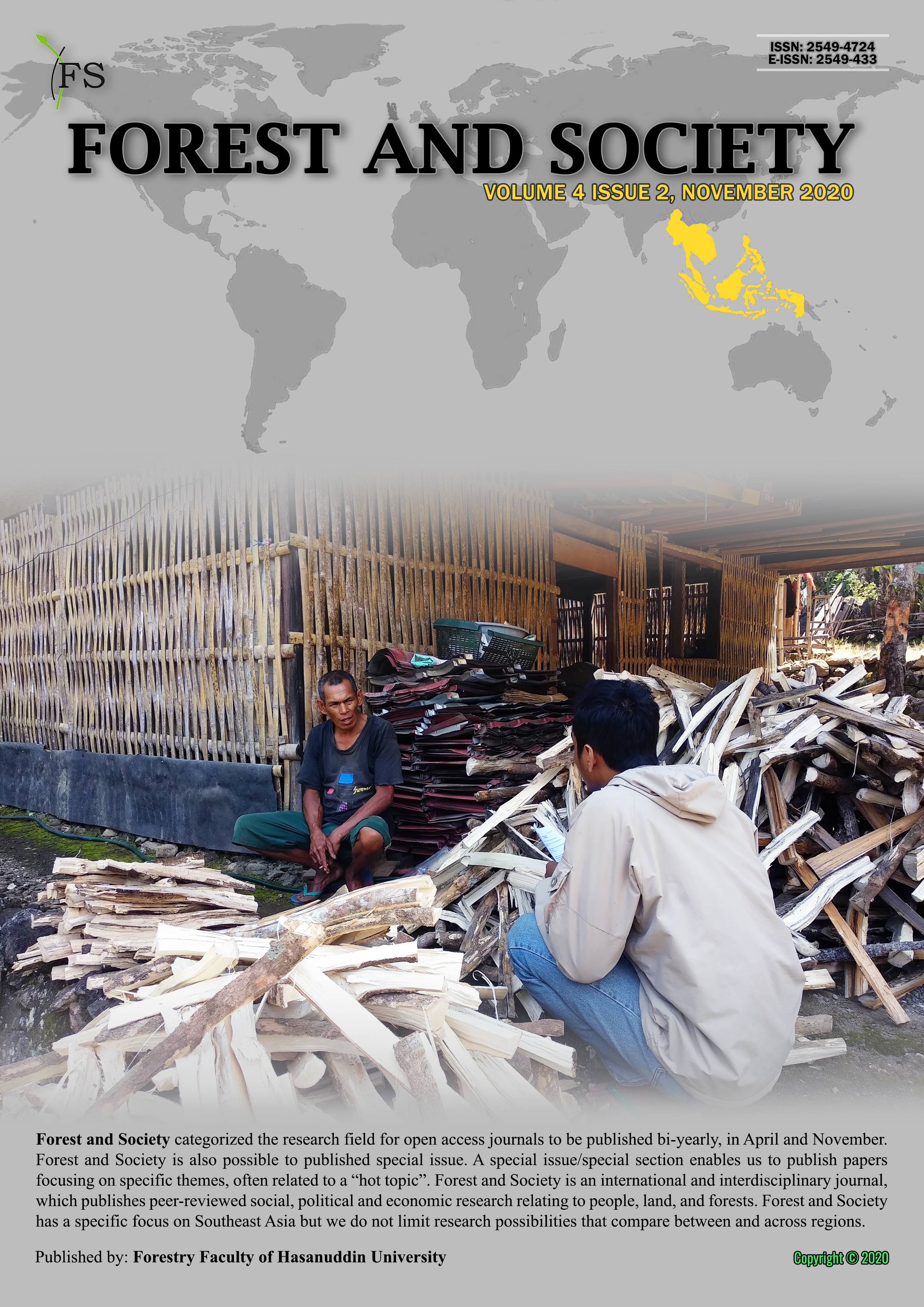
NOVEMBER
Vol. 4 No. 2 (2020) -
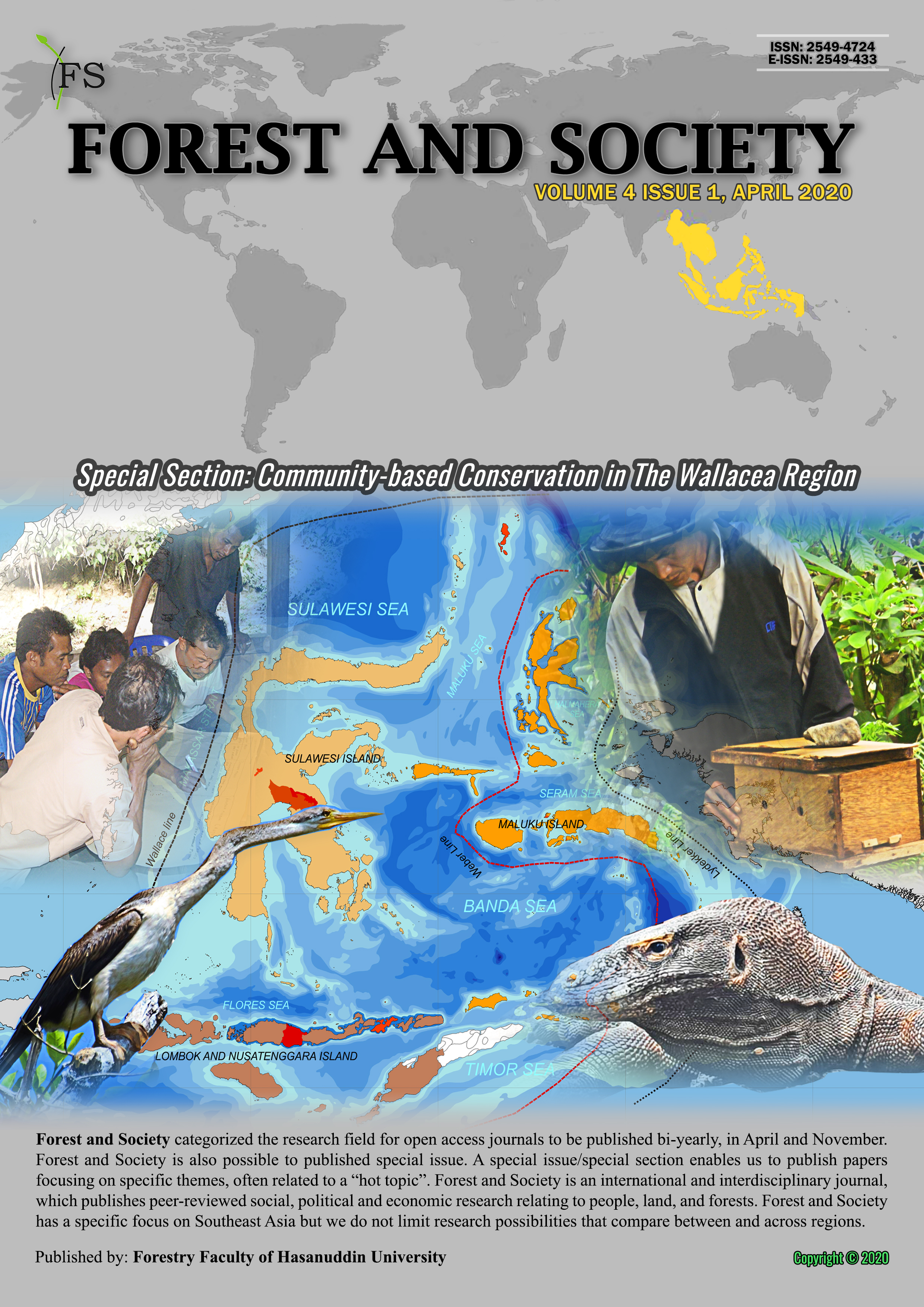
APRIL
Vol. 4 No. 1 (2020) -
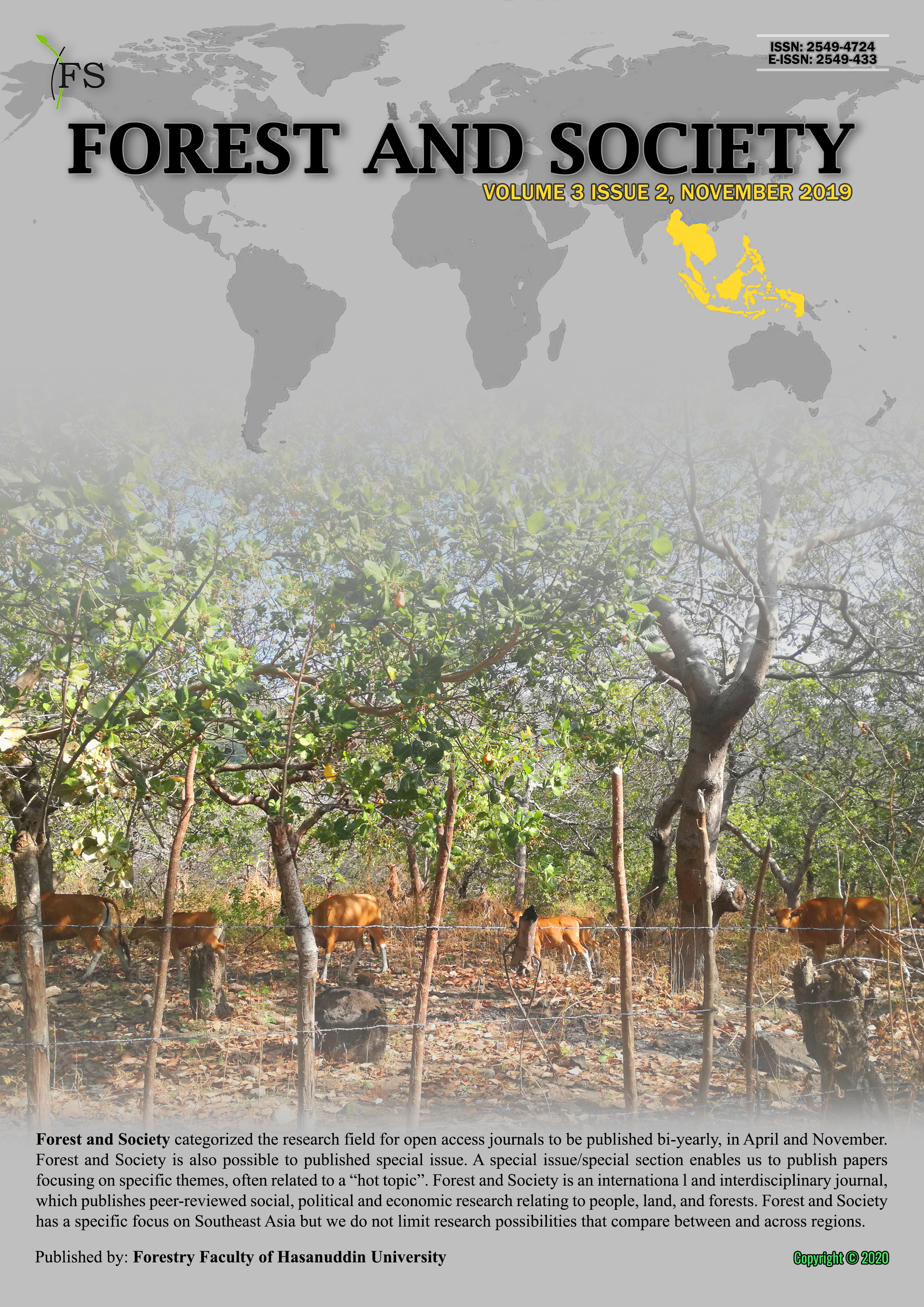
NOVEMBER
Vol. 3 No. 2 (2019) -
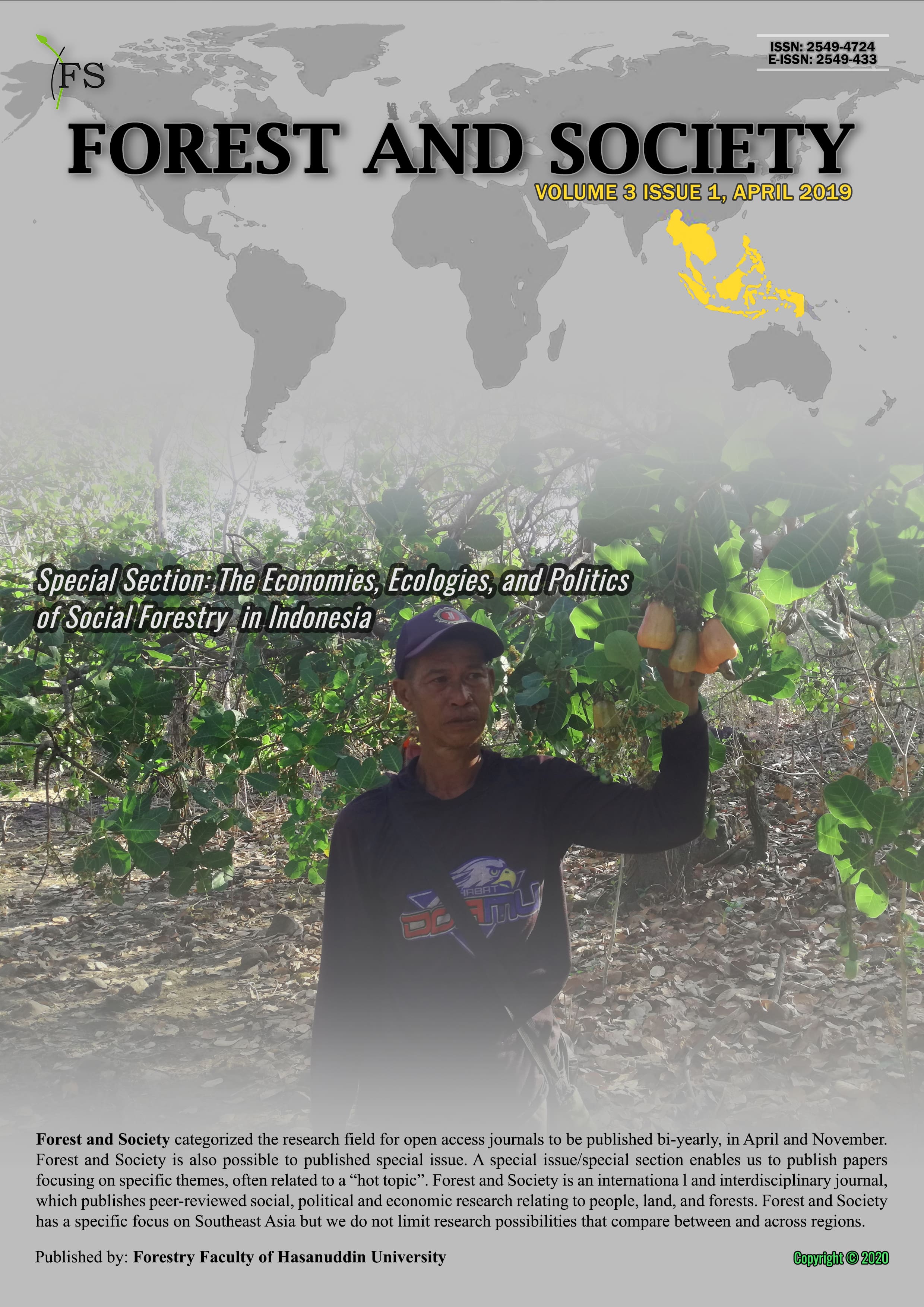
APRIL
Vol. 3 No. 1 (2019) -
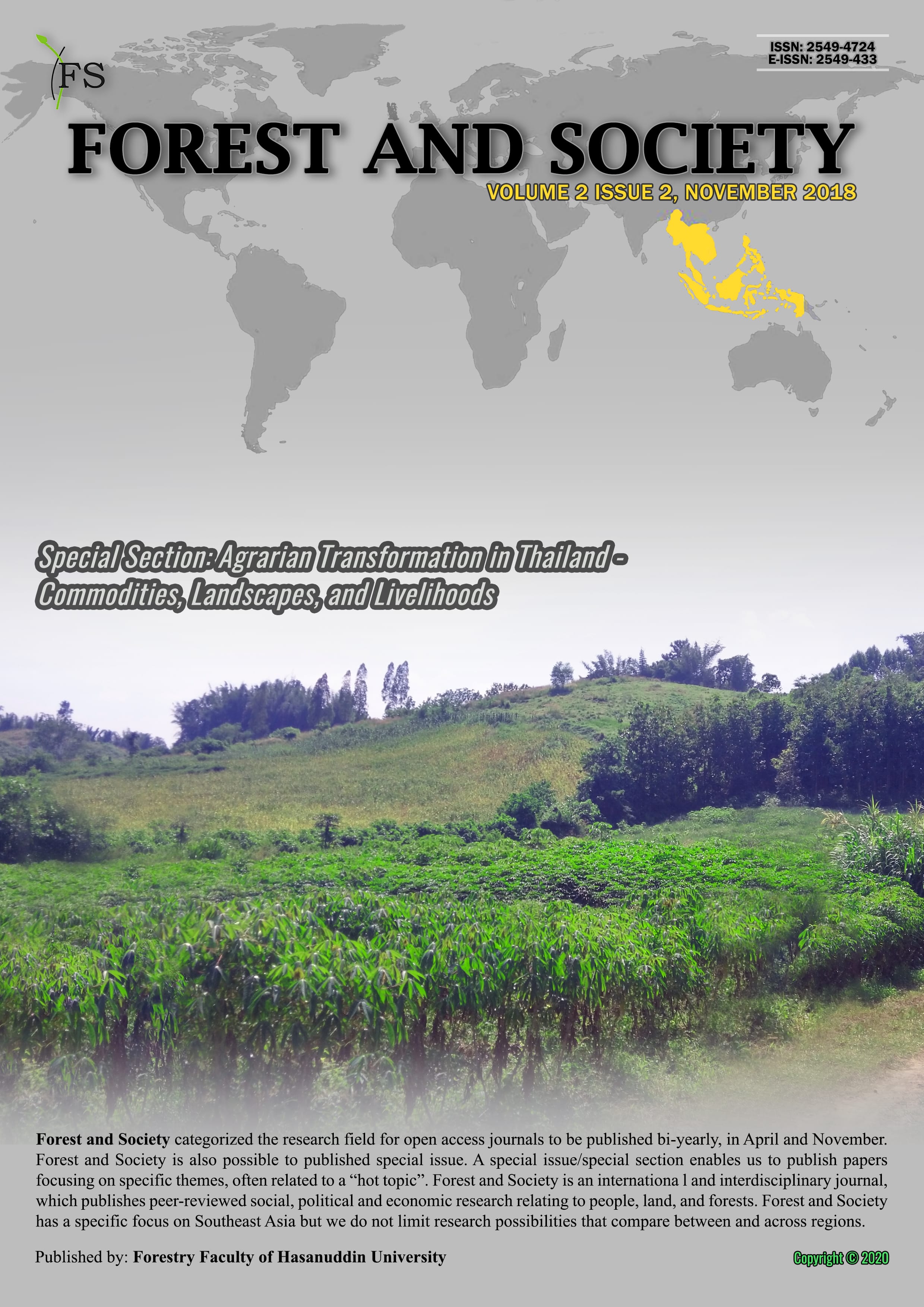
NOVEMBER
Vol. 2 No. 2 (2018) -

APRIL
Vol. 2 No. 1 (2018) -
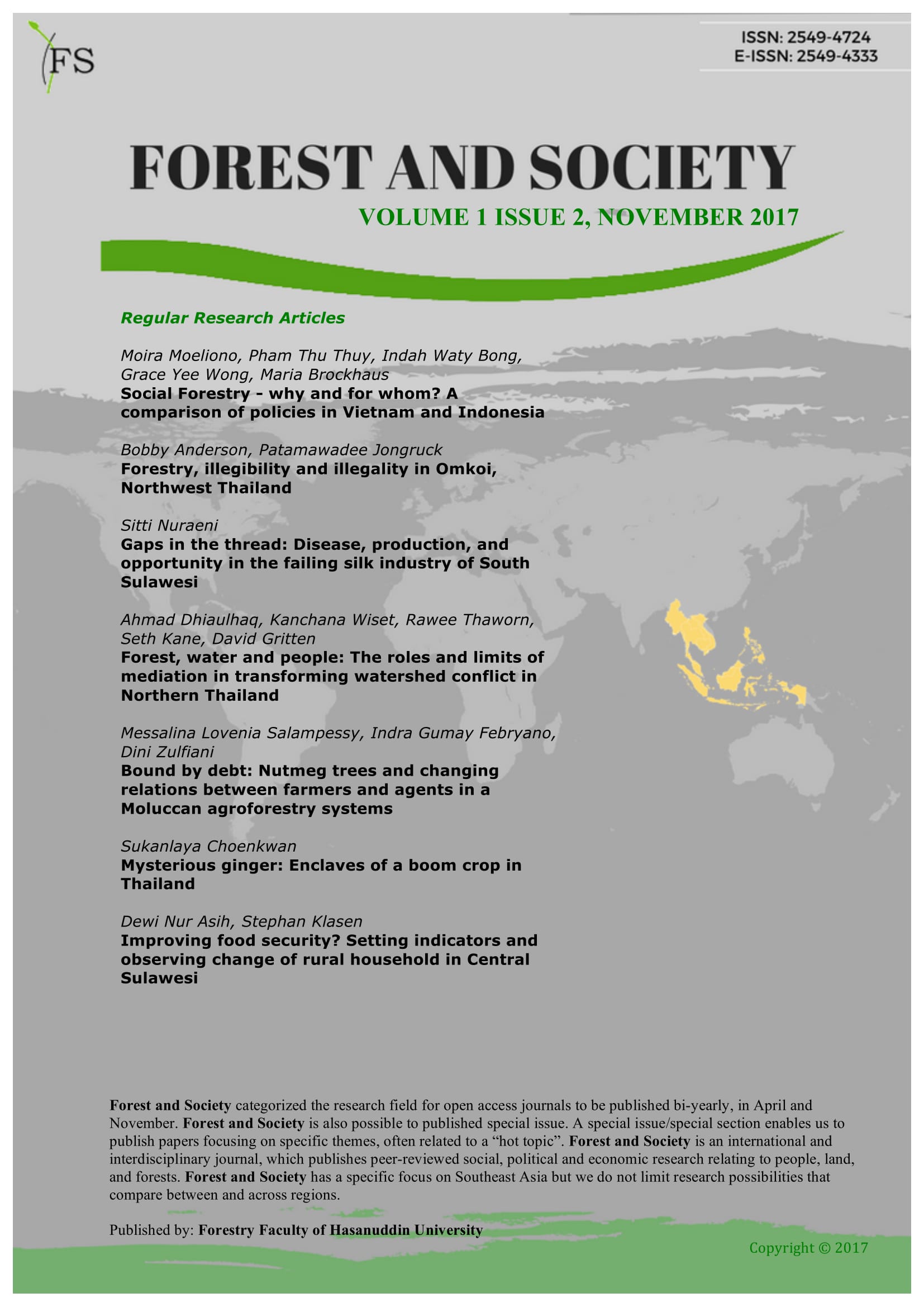
NOVEMBER
Vol. 1 No. 2 (2017) -
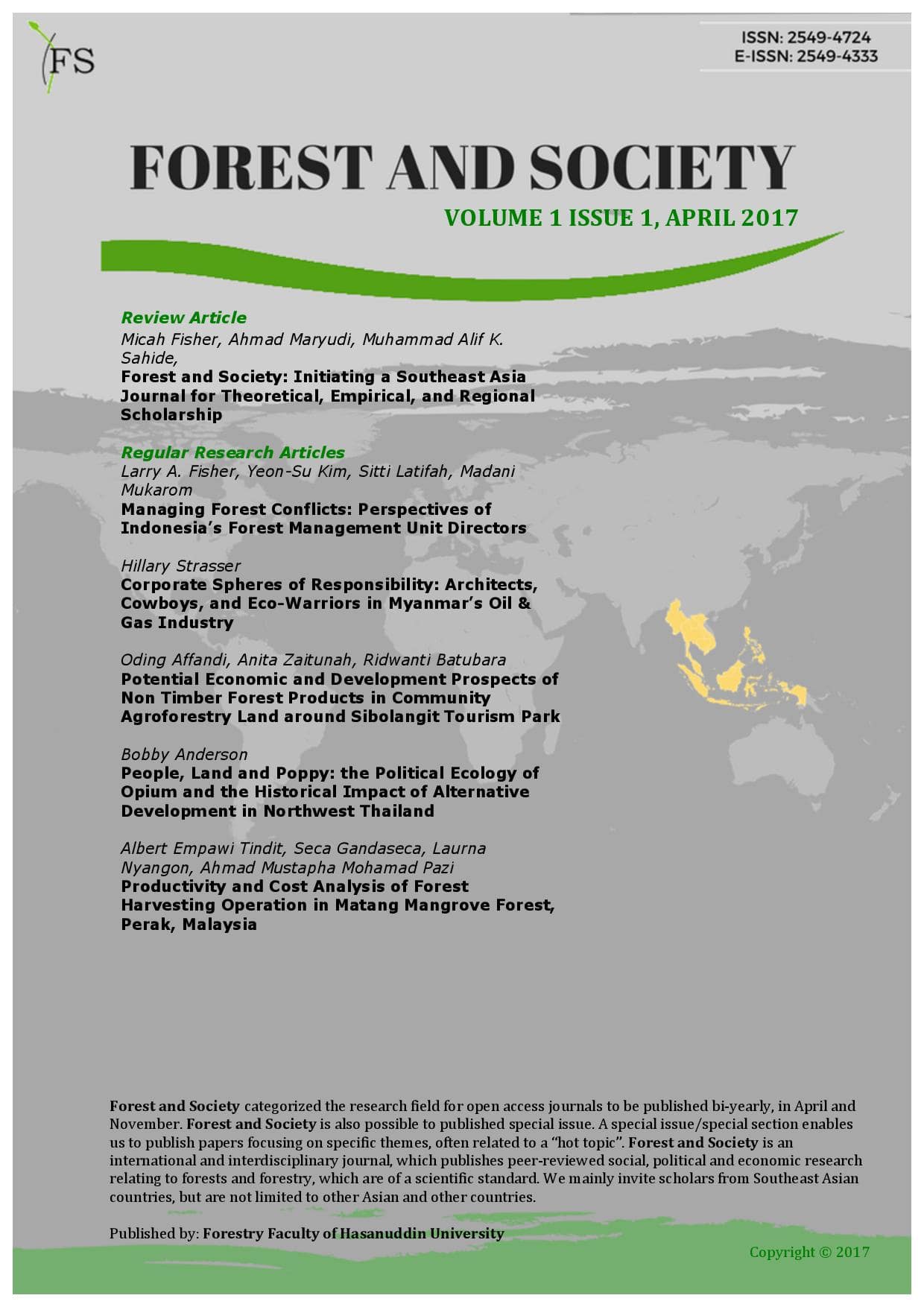
APRIL
Vol. 1 No. 1 (2017)







